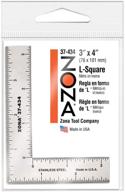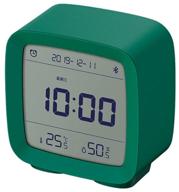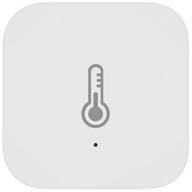
Review on 🔧 LCR-Reader Pro: Advanced Digital Multimeter and LCR-Meter with Kelvin Probe Connector and Ergonomic Bent Probes by Jim Bijelic

Convenient and Affordable LCR/ESR Meter
A colleague recommended the Smart Tweezers line of LCR meters for PCB repairs. While the Smart Tweezers and LCR Reader are similar, they were quite different, so I decided to buy both devices and decide which one best suited my needs. Here are my findings: At first glance, both devices look the same. They are lightweight and compact, with a bright display and gold-plated tweezers. The only real difference between the two was that the Smart Tweezers have a larger button that moves like a joystick, while the LCR reader is a plain button. At the push of a button on the LCR reader, the device changes the test modes from AM (automatic), L, C, R, ESR; Smart Tweezers button moves direction, press up to test frequency, down to test diodes, left and right change test mode. Pressing down opens a menu where you can set more specific test options. Similarities: Both devices automatically determine the component type and test frequency that is most appropriate for that component. You can manually select the test mode to use; for smart tweezers you can also set the test frequency and signal level. Both devices also offer secondary options such as ESR. Smart tweezers and LCR readers also use the micro USB port to charge the battery. Both were less than half charged and only took about 2 hours to fully charge from this state. Both devices have the same display, bright and easy to read. I ran some simple tests on each device, checking the various components that were pinned and secured, and also trying some of the ones I had on my desk that I wasn't sure about. what they were more. Both devices evaluated the components quickly. I have found that the Smart Tweezers device has the best accuracy (the information provided says around 0.2% for typical components) while the LCR reader is around 1%. The Smart Tweezers device also offers more features, it can detect and test the polarity of the diodes. ; It also sorts the components, which came in handy for the unrecognizable components I had. Smart Tweezers could also test the assigned DC and Elko modes as well as quality and loss factors. One useful feature I found was the ability to vary the test signal level between 1 and 0.5V (rms); The high signal level made testing of ceramic capacitors more accurate. I used this function when testing PCB components; The lower signal level was a plus for testing on the board as it didn't open pn junctions. The LCR reader performed excellently in tests, but lacked features. The design is much simpler and works well within its scope. It was tested to within 1% accuracy, which was good enough to get the job done without extensive menus and making it easier. For the resistance, the typical accuracy was better than 0.4%. The LCR reader really outperformed the Smart Tweezers in measuring electrolytic capacitors; in automatic mode it could measure up to 5 mF. Both devices did their jobs well, so my choice was price. The LCR reader costs around $180, which makes it a great value for the jobs it can do. While the Smart Tweezers device costs around $370; Although slightly more expensive, it was easy to see why the Smart Tweezers offered more features than the LCR reader and higher accuracy, so the decision on which to buy should depend on your needs.
- Absolute Legend
- High Price
New products
Comments (0)
Top products in 🛠️ Scanners & Testers
Another interesting products

TV bracket Kromax DIX-18 black

52 Review

Kapro 307-08-TMS Try And Mitre Layout And Marking Square With Stainless Steel Blade, 8-Inch Length

18 Review

🔲 Johnson RAS-1B Johnny Square: Professional Aluminum Rafter Square, 7'', Silver - Top Quality with 1 Square

8 Review

➕ Stainless Steel L-Square, Size 3-Inch x 4-Inch, Zona 37-434

8 Review






